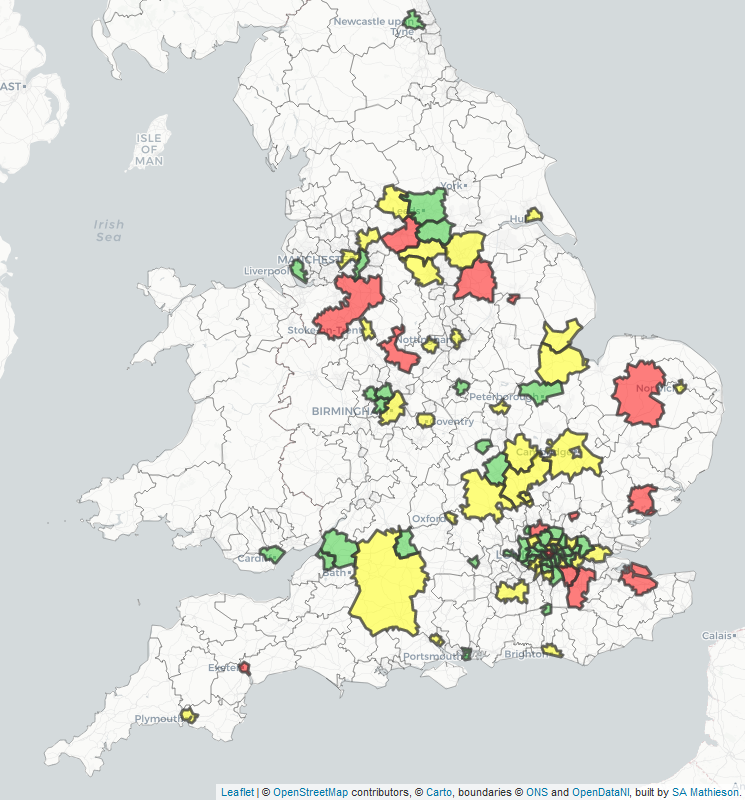Updated version published April 2021 by NUJ Training Wales
The Covid-19 pandemic has seen many people working from home for the first time or turning an occasional practice into a full-time one. The shift from communal office to kitchen table or spare bedroom, swapping colleagues for partners, children and pets, has been disruptive for many.
This has applied to journalists and other media workers who have written, recorded and edited from their homes while newsrooms and offices have been minimally staffed or deserted. It helped that journalism and comms were already well-suited to homeworking, with Office for National Statistics data from 2019 showing that media professionals were second only to chief executives in working from home, with 58% of us having tried it.
The easing of lockdowns will see many return to offices, but it looks likely that more of us will continue to work from home in future, at least some of the time. Some technology companies such as file transfer service Dropbox are going ‘virtual first’ with offices only for meetings and other collaboration. The UK’s biggest bank HSBC plans to cut its office space by 40% by increasing remote working, although rivals including Barclays are more sceptical. For financially hard-pressed media organisations, the chance to spend less on offices through more home working may be hard to resist.
I have worked regularly as a journalist from home by choice for two decades and have discussed this with dozens of journalists when running training courses for the NUJ and other organisations. Depending on job and personality, home can be the best workplace in the world – it certainly involves the best commute – but making homeworking work well requires some effort.
It may have been difficult to arrange during the pandemic, but if you plan to work from home long-term the ideal is a dedicated home office on which you can shut the door. As an alternative, turning a room into a home office for the working day then packing up kit to ‘go home’ can help maintain a distance between working and home lives, even if they now happen in the same place. Other inmates should be encouraged to respect the home office, whether it is a room or a temporary pop-up.
A good office chair with back support and a proper desk will help avoid back-pain, while placing a screen in front of a window makes it easy to refocus both eyes and mind every few minutes. It makes sense for that screen to be as large as is practical, a principle that applies to all IT equipment and services used for homeworking – don’t skimp on memory, keyboards or bandwidth. A speakerphone, a good-quality microphone or a headset are useful for calls.
Some executives I have interviewed believe video calls are the best way to stay in touch with staff and maintain team spirit. It certainly makes sense to avoid relying on text-based communication – it is easy to be piqued by a misunderstood email.
But short of a physical meeting, I prefer the voice call. It conveys a good balance of information, emotion and nuance, while video adds unwelcome noise regarding homeworkers’ fashion and décor choices as well as taking up bandwidth and being less reliable. In a recent academic paper on ‘Zoom fatigue’, Jeremy Bailenson of Stanford University discussed ways in which videoconferencing could be causing nonverbal overload, including being stared at at close quarters and spending much of the day looking at a virtual mirror.
Those who do expect to make a lot of video calls should learn how to do this well. For example, videoconferencing controls can be changed to make images of other people smaller and to remove the virtual mirror. There is good advice available from trainer David Thomas and broadcasters Zoë Flood and Jeremy Vine.
While working from home can be great for those of us who are happy when focused on a solitary job such as writing or programming, it doesn’t work for everyone. I find full-time homeworking makes me appreciate getting out all the more, whether for meetings, training or conferences. Even remote working enthusiasts feel that it is hard to replicate the gossip and chat that helps build human relationships online. Some will return from coronavirus asking their employers if they can carry on homeworking some or all of the time, but others will sweep back to the office with smiles on their faces and songs in their hearts.
In future, many more workdays will be spent at home. If you decide, or are obliged, to be part of this trend, learn how to make it work well for you.
This is an updated version of an article first published in the May 2020 issue of In Our View magazine, published by Socitm, the society for innovation, technology and modernisation.
I cover ways to work well from home as part of my NUJ day-course, First steps in freelancing.

